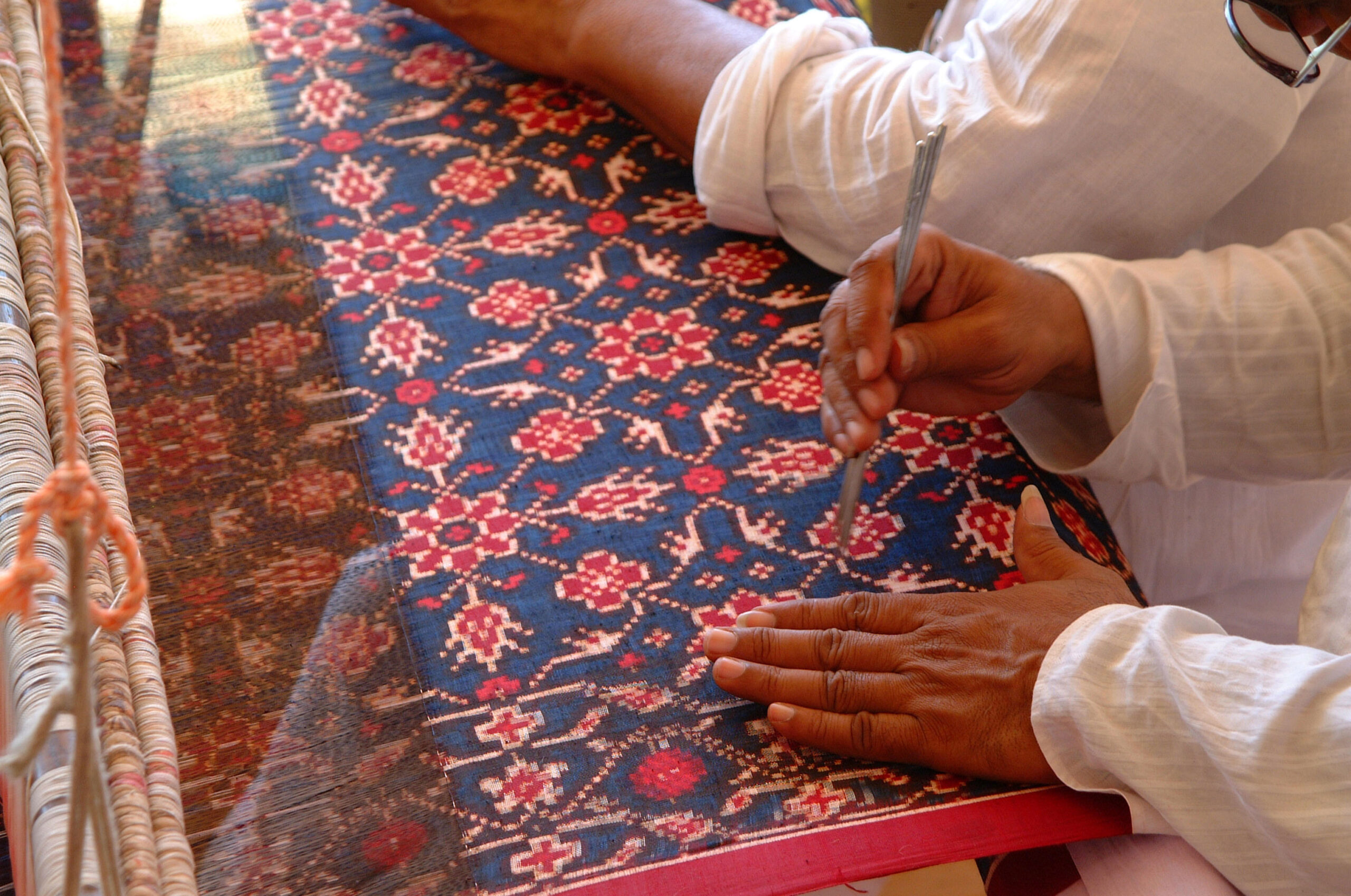According to the Oxford dictionary, soft power is a persuasive approach to international relations, typically involving the use of economic or cultural influence. In recent times, fashion shows have become an important avenue for exercising soft power, and the latest runway show of the French brand Dior on March 30th provided a powerful example of this phenomenon. Therefore, it is relevant to inquire into the ways that Dior’s latest runway show contributes to the cultural outreach and influence of India.
This was a particularly special fashion show as it was curated by the creative director of Dior, Maria Grazia Chiuri, who has been described by Harper’s Bazaar as one of the most unconventional designers currently working. Not only is she an innovative figure in fashion, but she is also one of the few women to lead a major fashion brand. Season by season, she redefines the concept of collaboration through her revolutionary approach and te organizing events such as the Mumbai Runway. So what makes this runway so unique? What geopolitical, economic, and social consequences does it lead to?
Firstly, the Mumbai Runway marks a significant shift in the representation of India’s fashion industry; transitioning from the shadows of sweatshops to the forefront and the spotlights of the runway. Indeed, this collaboration challenges stereotypes and promotes a more nuanced understanding of India and its fashion industry. Through showcasing Indian designs and working with local artisans, Dior contributes to breaking down stereotypical ideas about India as a country that produces cheap, low-quality clothing.
Furthermore, this runway represents an opportunity for India to shine in other areas. The event paid homage to Indian culture, with the venue itself highlighting the rich history and architectural qualities of India. Mumbai’s Gateway of India served as the perfect backdrop for this event. It was built during the British Raj, the period of British colonization and rule of India, to commemorate the visit of King George V and Queen Mary to Mumbai in 1911. The Gateway of India has since become a symbol of Mumbai’s architectural heritage and a popular tourist attraction destination. As such, it is a fitting and stunning backdrop for events that celebrate the beauty and culture of India, such as the Dior runway show. This tribute was also evident in even the smallest details, from the Indian music accompanying the models, who were mainly of Indian origin, to the decorations throughout the show that all recalled India’s diverse culture. Even the flowerbeds adorning the runway were carefully selected to represent the beauty of Indian flora.
This event also bolsters many positive aspects for France as a nation-state and Dior.
For the fashion leader, it is an opportunity to attract new audiences. India has the second largest population, composed of around 1.4 billion individuals, and some of the most important business leaders in the world, such as Mukesh Ambani, the 13th wealthiest person in the world, according to Forbes Magazine. Furthermore, by showcasing Indian designs and collaborating with local artisans, Dior could appeal to customers who are interested in sustainable fashion and ethical sourcing.
For France, it is an opportunity to enhance its reputation as a country that values diversity and promotes cultural dialogue. This seems like a very strategic and crucial decision at a time when the geopolitical gravitational center of the international world appears to shift to the Indo-Pacific region. This reorientation is known as the ‘Asian Century,’ due to the fact that the world’s economy is based upon this region. Indeed Asia represents a major actor in trade, with more than USD$47.19 trillion in economic activity. Because of this, the geopolitics and strategy of the region are changing dynamically. Therefore, such collaboration could enhance France’s reputation as a country that values diversity and promotes cultural dialogue, and ensure French businesses receive a share of the Indian market in the years to come. It is probable that the collaboration could also lead to increased economic ties between France and India, strengthening their economic interdependence.
From another point of view, such a large-scale event represents a development opportunity for Indian society. The employees who worked on the creation of pieces all came from the Chanakya Foundation school, which is an institution that educates women in crafts and gives them opportunities in largely male-dominated fields. By putting forth concrete rules and providing possibilities for a better life to its employees, Dior and the Chanakya Foundation promote the enhancement of the principles of humane treatment and fair wages. The importance of treating employees well seems like a requirement that will become central to the fashion world again. In the long term, this could lead to the improvement of the working conditions for men and women in developing countries.
The Dior runway show in Mumbai represents an important example of the exercise of soft power in the fashion industry. By collaborating with Indian workshops and showcasing their designs, Dior advocates for cultural exchange and enhances France’s reputation as a country that values diversity and promotes cultural dialogue. Furthermore, the collaboration could lead to increased economic ties between France and India and promote sustainable fashion practices centered around the application of human rights. Overall, the Dior runway show in Mumbai represents an innovative step for the fashion industry and a significant opportunity for France and India to strengthen their ties and promote cultural exchange.
Edited by Alyana Satchu

